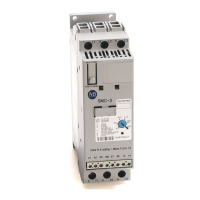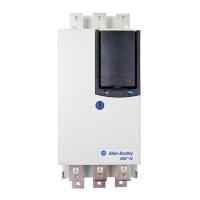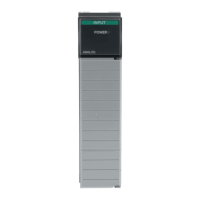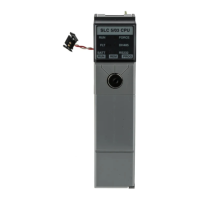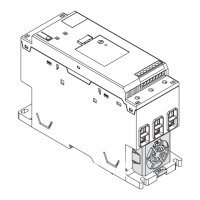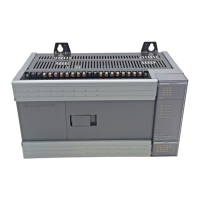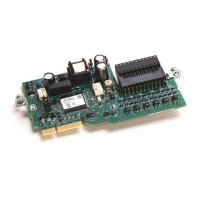Produce and Consume Tags (interlock controllers)
Rockwell Automation Publication CNET-UM001F-EN-P - February 2018 79
Function Guidelines
Use one of these data types:
• DINT
• REAL
• Array of DINTs or REALs
• User-defined
To share other data types, create a user-defined data type that contains the
required data. Use the same data type for the produced tag and corresponding
consumed tag or tags.
Limit the size of the tag to ≤ 480
bytes.
If you must transfer more than 480 bytes, create logic to transfer the data in smaller
packets or create multiple produce/consume tags.
To share tags with a PLC-5C
controller, use a user-defined
data type.
To This Then
Produce Integers, BOOLs
or combinations
of both
Create a user-defined data type that contains an array of
INTs with an even number of elements, such as INT[2].
Only one REAL
value
Use the REAL data type.
More than one
REAL value
Create a user-defined data type that contains an array of
REALs.
Consume Integers Create a user-defined data type that contains these
members:
Data type Description
DINT Status
BIT 0
• 0 PLC5 in PROG mode
• 1 PLC5 in RUN mode
INT[x], where x is the output
size of the data from the
PLC-5C controller. If you are
consuming only one INT,
omit x.
Data produced by a PLC-
5C controller
Use the highest permissible RPI
for your application.
If the controller consumes the tag over a ControlNet network, use a binary multiple of the
ControlNet network update time (NUT). For example, if the NUT is 5 ms, use an RPI of 5,
10, 20, or 40 ms.
Combine data that goes to the
same controller.
If you are producing several tags for the same controller, group the data in these ways:
• To reduce the number of connections, group the data into one or more user-defined
data types.
• To conserve network bandwidth, group the data according to similar update intervals.
When you share a tag over a ControlNet network, the tag must fit within the
bandwidth of the network:
• As the number of connections over a ControlNet network increases,
several connections, including produced or consumed tags, may need
to share a network update time (NUT).
• A ControlNet node can transmit approximately 500 bytes of scheduled
data in a single NUT.
Bandwidth
Limitations

